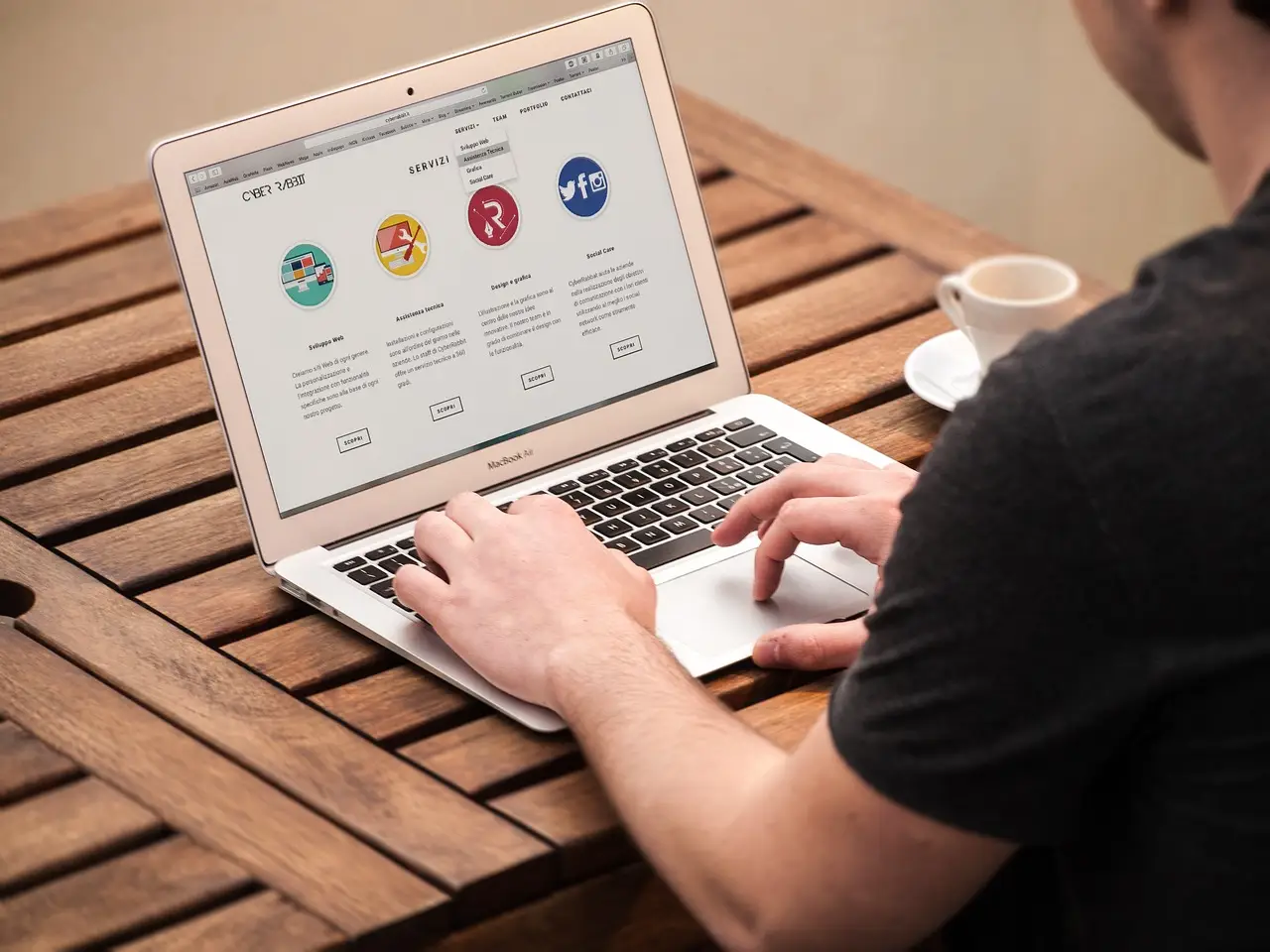This article will explore how can your web page design communicate your personal value. A nicely made website can make visitors remember you and show what makes you unique, like your skills and knowledge. It’s like leaving a good mark on the internet. By focusing on design, you can make an attractive web page that shows your worth.
Your web page is often the first point of contact between you and your audience. It’s the virtual doorway to your world, and first impressions matter. Imagine entering a store with an appealing setup and a warm atmosphere versus one that’s messy and chaotic.
Your website’s design serves a similar purpose, making it crucial in conveying your message and your values.

The Role of Web Page Design
The Power of First Impressions:
We’ve all heard the saying, “You never get a second chance to make a first impression.” This holds for websites too. The design of your website is what visitors see first. It can either attract or repel their interest in your content or products.
Design and User Experience:
Web design influences user experience beyond aesthetics. Navigability, readability, and responsiveness influence how visitors engage with your site. A well-thought-out design can enhance user satisfaction and keep them coming back.
Web Design’s Impact on Branding and Identity:
Your website is a digital extension of your brand. It’s where your identity is shaped and shared. Improve your brand’s identity and message by carefully picking designs. This helps create a consistent and memorable online image.
For Stunning Website, Feel free to contact Brain Unite.
Identifying Your Values

Exploring Personal Values:
To grasp how web design shows your values, first, you need to figure out what those values are. It’s an essential first step.
Personal values are the principles and beliefs that guide your decisions and actions. They encompass a wide range, from honesty and integrity to creativity and innovation.
Relevance in Web Design:
Your values matter in web design as they influence the appearance and organization of your website. They have a significant impact on your design decisions. The design should reflect your values to resonate with your target audience.
Examples of Common Values:
To clarify this idea, we’ll give examples of everyday personal values. These values include trustworthiness, caring for the environment, and striving for excellence. We’ll explore how each value can manifest in design decisions.
The Technical Aspect:
Implementing Personal Values in Web Design:
To implement personal values in web design, first, understand your values and how they should be shown. Use practical steps and tools. We’ll discuss practical steps, such as selecting color schemes, typography, and imagery that align with your values. Also, we’ll introduce tools and resources that can help in this process.
Consistency in Design Choices:
Consistency is key to conveying your values effectively. We’ll discuss how using the same design style on your website is essential so everything matches your beliefs. This makes sure that every part of your website shows your values clearly.
Value and User-friendliness:
Balancing values and user-friendliness is essential, finding a middle ground between self-expression and being easy to use. We’ll advise on how to make sure your design choices don’t affect the user experience and accessibility of your website.

Testing and Iteration
Importance of Testing:
Effective web design is an evolving process. We’ll underline the significance of testing design choices to gauge their impact on conveying personal values. Testing allows you to identify what resonates with your audience and what may need adjustment.
Iterative Design Process:
Web design could be better on the first try. We’ll discuss the iterative process of refining your design to communicate your values better. Iteration allows you to fine-tune your website over time based on user feedback and changing priorities.
User Feedback and Data-Driven Decisions:
I think gathering user feedback is essential in this process. We’ll share resources and tools to help you collect valuable input from your audience. We’ll discuss using data to make design choices that align with your beliefs and engage your website visitors.
How can your web page design communicate your personal value?
FAQs
1. What content is important to include in your webpage?
- Good content should have a clear headline. It should also include short informative text and good pictures. Additionally, it should provide contact details and a call to action that aligns with your website’s goal. This helps people understand and use your website effectively.
2. What is the importance of web designing?
- Web design is crucial because it shapes the first impression of your website. It impacts user experience, credibility, and brand identity. Effective design can improve engagement and conversions.
3. How do you feel when you visit a good web page design?
- When I visit a well-designed web page, I feel a sense of professionalism, trustworthiness, and clarity. It’s visually appealing, easy to navigate, and provides the information or products I need without confusion.
4. What are the most important things to consider when designing a Web page?
- When thinking about your website, remember these important things:
- Make it easy for people to use and enjoy.
- Make it look nice.
- Make sure it works well on phones.
- Make it load quickly.
- Let everyone use it, no matter what.
- Help people find it on the internet.
- Make sure it matches your brand and what you want to say.
Summarize Key Takeaways:
This section will summarize the key takeaways from the entire blog post. We’ll review the important parts, like how web design shows personal values and the steps to make it happen.
Web design is not just about looks; it’s a powerful tool to express your actual values online. It’s a visual language that speaks volumes about who you are and what you stand for.
Finally, we encourage readers to explore their own beliefs. They should also apply the knowledge gained from the blog post to their web design projects.
If someone is making a blog or a website, this new knowledge can help them connect better with their audience. It’s important for both personal blogs and business websites.

